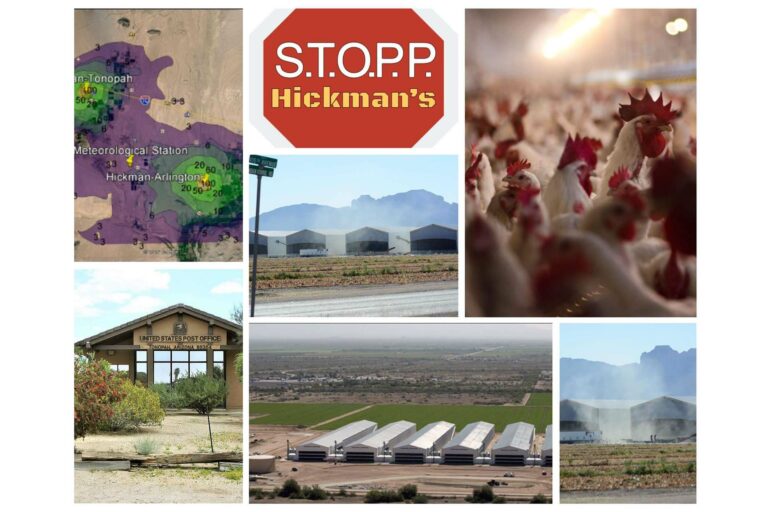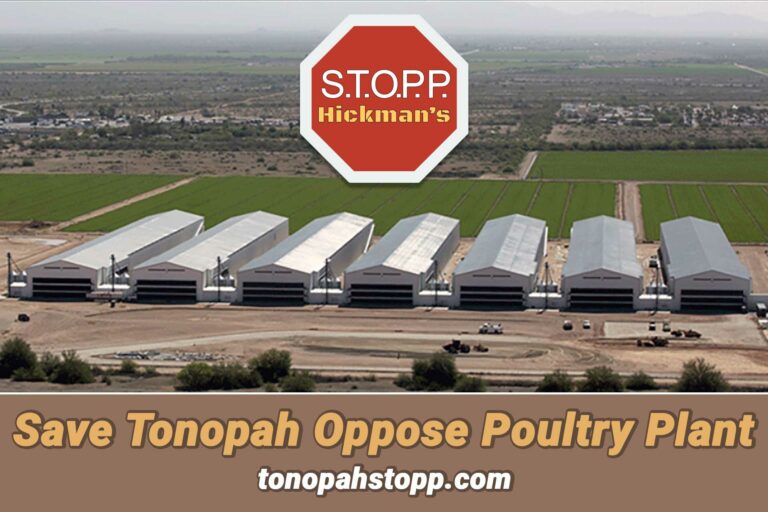Summary
 Recent analysis reveals that right-to-farm laws, present in all 50 U.S. states, are increasingly impinging upon fundamental aspects of property rights, particularly in rural areas. Although these laws were originally conceived to protect family farms from urban expansion, they are now often used to shield large-scale industrial farming operations.
Recent analysis reveals that right-to-farm laws, present in all 50 U.S. states, are increasingly impinging upon fundamental aspects of property rights, particularly in rural areas. Although these laws were originally conceived to protect family farms from urban expansion, they are now often used to shield large-scale industrial farming operations.
Property ownership and land access are intrinsic to the American identity, impacting economic security and social mobility. However, the role of property rights in safeguarding health and the environment is often overlooked, especially in rural regions where regulations against pollution are frequently inadequate.
Property rights provide rural individuals with essential tools to protect themselves in the event of environmental harm or contamination. When their drinking water, air quality, or agricultural soil is compromised, they can potentially seek legal redress under nuisance laws.
However, seemingly benign right-to-farm laws are increasingly undermining this crucial dimension of property rights. Originally intended to curb urban sprawl and safeguard family farms, the analysis shows that a mere 4% of these laws actually protect farmland from urban encroachment.
Instead, the majority of right-to-farm laws serve to shield industrial farming operations, curtailing rural residents’ ability to pursue nuisance claims when pollution occurs. A significant portion (46%) of these laws grants immunity to agricultural enterprises operational for just one year, with an additional 12% offering time-specific protections upon commencement of operations.
Only a mere 16% of these laws grant immunity to property owners who were in the area first, such as farmers residing on their land and near their farms. In some cases, lawsuits against newly established industrial agricultural facilities have been barred, with courts citing approvals of waste management plans issued over a year before.
Moreover, these laws often erode local governance rights, with 60% of them limiting the authority of local governments to regulate agricultural land usage. This poses a challenge to counties and municipalities that wish to protect public health, safety, and welfare through ordinances and zoning. Currently, 32 states restrict the ability of local governments to protect their constituents from certain agricultural activities.
Despite these challenges, rural communities have demonstrated remarkable resilience in confronting these laws to protect their way of life. Examples include multi-million dollar verdicts against large-scale hog production facilities in North Carolina and the successful opposition to a massive hog facility in Illinois.
There is room for improvement. Right-to-farm laws bear constitutional scrutiny and clash with American principles of self-governance and due process. While these laws diminish property rights, the Constitution sets limits on such encroachments and guarantees due process. Thus, reevaluating these laws is necessary to ensure they align with democratic values and the preservation of rural culture.
Conclusion
Right-to-farm laws, initially designed to protect family farms, have evolved in ways that threaten property rights and the environment, particularly in rural areas. These laws now often serve the interests of industrial farming operations, curbing rural residents’ ability to seek legal recourse for environmental harm. While these challenges persist, rural communities have displayed resilience in safeguarding their way of life. It is imperative to reevaluate these laws to ensure they align with democratic values and protect property rights while preserving rural culture.



